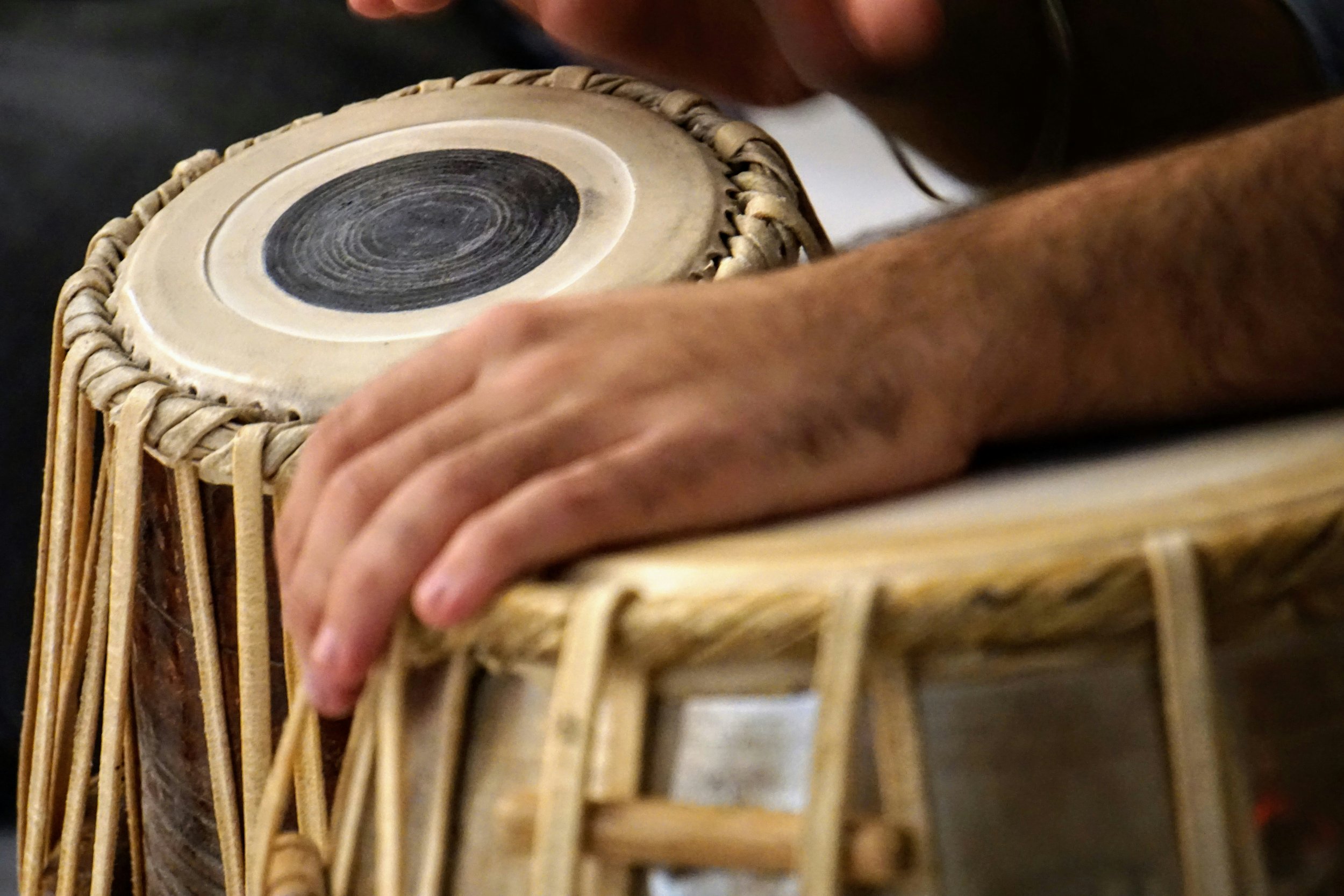Practical Premedication Pointers
This post by Dr Matt Hart wrestles with the realities of making choices once the premedication card is pulled. And it is just the first in a range of entries that will deal with practical communication and scene-setting tips that help for any patient all the way through to approaching the patient with uniquely challenging behaviours. There is also a quick 60 second summary on premeds right here.
But back to the task at hand - practice points for when a premed is just the thing.
Asking children to undergo procedures under anaesthesia can be scary (for both the child and the person trying to convince them). There are a variety of non-pharmacological options to try to help reduce anxiety. Also in both the child and everyone around them.
However sometimes a pharmacological solution is required. Now we’d all like to think there is more to giving drugs than just giving drugs. So this article aims to provide a quick and practical reference on all the bits around premedicating an anxious child that can make the critical difference to making it all work. .
And of course the tips here have to be given the very personal spin of the reader out there in the many places I like to imagine you. Everything below reflects a personal approach to these situations.
That means it is influenced by a lot of things that make me me. Although perhaps once you get to premedications it is not quite as relevant that I am a bit tall. Or that my very particular accent that is a bit British and, I like to think, infused with a hint of Dutch. For actual reasons, not just because the Netherlands has a lot going for it.
Wherever you hail from ultimately if we are going to premedicate a patient for a procedure we have to get the start.
So let’s do that. Start at the start.
It starts before the start
OK I just used the word start a lot.
But before we get to the premeditation there is work to do. The first step is talking to the carer and the child. You can glean a whole load of useful information that will inform your approach. Does the kid have a favourite drink you could add a premedication to? Do they regularly use a nasal spray at home and love showing off how good they are at taking this? Or are they someone who is only going to have premedication administered if someone holds them down?
This initial assessment will give you a good idea of what is likely to work, and what possibly won’t. It’s also an opportunity to get carers, and sometimes the child, on-board with your approach.
Even once the decision for premedication has been made there are still things to do before what you might consider the start. Just because you’ve decided to use a pharmacological agent, this doesn’t mean the non-pharmacological approaches should be omitted.
What does that mean?
Set the scene. Find a quiet room, dim the lights, and put on a favourite TV show or music. Ensuring the child is in a comfortable in bed and a better setting than the waiting room will make it much more likely your premedication will work.
A room that is the in-hospital equivalent of this is just not going to help
Think about what monitoring you will need in advance. Monitoring is important, but so is flexibility. Most kids will accept continuous pulse oximetry and for most this alongside bedside clinical assessment is enough. Non invasive blood pressure monitoring is a “nice to have” but can often just further upset an already ornery child.
No one wants to have another reason to think about the word ‘ornery’.
First Line Options
For a child who is just a bit too anxious to get through to the anaesthetic bay without freaking out, my preferred first line premedication is midazolam at 0.5mg/kg (up to 15mg). It works quickly (20-30 minutes), is anxiolytic, and has minimal effect on respiratory drive or reflexes. I also explain to carers that the anterograde amnesia it provides is useful in the event that the induction ends up getting stormy, as their child is unlikely to remember this.
I do not make the same promise to the carer.
Here is the thing about midazolam though - its excellent work is accompanied by an exquisitely bitter taste so it should be given in one go. An alternative is to mix it with a flavoured drink or provide a chaser of the same straight after.
Oh, one last bonus - 5% of children end up getting a paradoxical excitatory reaction (and you can’t pick who that child will be). Still, it remains my go to option on a first go around.
There is a situation where my first choice might not be oral. This would be when that initial history has revealed that this particular child has an oral aversion. For this child an option might be 4mcg/kg intranasal dexmedetomidine. Again it’s quick, taking 20 minutes or so to work, well tolerated, and doesn’t affect respiratory drive. It can cause bradycardias (although needing to treat these is vanishingly rare) and it lacks the amnesic effects of midazolam.
This hen would like to tell you needing to treat bradycardia in this context is almost as rare as finding teeth on it or its hen friends. But it can’t. It’s a hen.
Levelling Up
Some kids have been through this dance before, and a single oral premed hasn’t worked. For others it’s their first time, but you get the feeling that a single premed is unlikely to be successful. For these patients logic tells you that where one agent might fail, two might help everyone get to the right place.
Combining premedications is an evidence light area. It is a good idea to consider the characteristics of each medication and choose combinations that complement each other.
My two favourite combinations are midazolam and ketamine (0.5mg/kg and 5mg/kg), or midazolam and clonidine (0.5mg/kg and 4mcg/kg).
The first option is great if you want to get to OT as quick as possible, as they both have a similar onset time. The midazolam helps to reduce the risk of emergence phenomena triggered by the ketamine, and the amnesic effects help to prevent recall of distressing hallucinations if they happen to pop up.
Midazolam and clonidine is an especially useful mix if you have an anxious child with an uncertain arrival time in OT. It is the sort of combination that soothes all the premed fears that an emergency list might stir up. The sedative effects dove-tail very nicely; as the midazolam is starting to wear off, the clonidine is just starting to take effect, and lasts for several hours afterwards.
Choice of dose when combining medications is an art, and I have seen a variety of practices amongst paediatric anaesthetists. In patients for whom I am sure one medication will not be enough my practice is to use the full dose of both drugs because I really want it to work. It does mean accepting there may be an increased risk of oversedation. Equally others will reduce the doses to minimise side effects but then you are accepting the possibility the result may be less satisfactory.
When All Else Fails
For some little humans, you’re just not going to be able to get an oral or intranasal premed in. This is OK. The intramuscular route is available and, in my opinion, underutilised. Intuitively it feels cruel and invasive, and we make great efforts to avoid it in an attempt to be kind.
Let me paint a picture though.
Is it the kindest thing to chase a child around a pre-operative area trying to coax them into taking an oral medication they have no desire to ingest, or holding them down to try to spray a medication up their nose?
I would argue this can be more traumatic. Angry, struggling children may spit out, vomit, or spray medication out of their nose. Now the efficacy is reduced and you have no real idea what is in the patient and what is around the room. And you may end up having to bite the bullet and use the IM route anyway.
Needles Need Not Be Nasty
I mean it.
If I encounter a child who I believe will need firm restraint to administer an oral or intranasal premedication, then my practice is to administer this via the IM route from the outset. But if you have been avoiding this option maybe you want to hear the practical bits that go along with making this choice.
It starts right back in that initial interaction where it becomes apparent that oral and intranasal options are not going to be at all popular. Once I have made that assessment it is time to start setting the scene. Explaining to carers that this option is similar to a vaccination often puts them at ease because this is a familiar experience everyone in these parts has probably encountered. Making an early decision also allows you to consider applying topical LA to an appropriate area such as the thighs or deltoid muscles, assuming the child will let you.
When it is time to move I take them through to the anaesthetic bay or operating theatre with their carer and administer 2mg/kg of ketamine and 0.05mg/kg midazolam (up to 5mg) into a large muscle body. This is also safe to administer through clothes if that is the best option.
And I should have mentioned that this is still a time for distraction techniques. My personal trick is drumming on the same muscle body with my hands prior to injection which I have found very useful in reducing the number of patients who notice the sting of a needle. Sedation is often rapid following this, and induction can then proceed uneventfully.
Things speed up after the drumming
Sometimes It Is Still Tough
One last note is that it can feel awful when despite taking the above efforts, things still don’t work out. However this happens to all of us, and is an inevitable part of working with children. Sometimes you will just have to either bail out and come back another day, or have to resort to restraint. I have found that carers are usually understanding because they have seen all the efforts that have been taken to make the experience more pleasant for their child.
Which brings us back to the value of that first bit of effort getting to really understand their child way back at the start.
Ultimately it comes back to a few simple and familiar steps. Get to know the patient. Start with setting the scene every time. But if premedication turns out to be your chosen option then grab the best tool in your kit to make sure it works.
And then you can finally start at the start.
A Little More Reading
Don’t forget the 60-second summary accompaniment to this post can be found right here.
There were a few papers that proved really useful as background reading for this post. They are all worth the time and on this site we would always recommend going to original sources.



